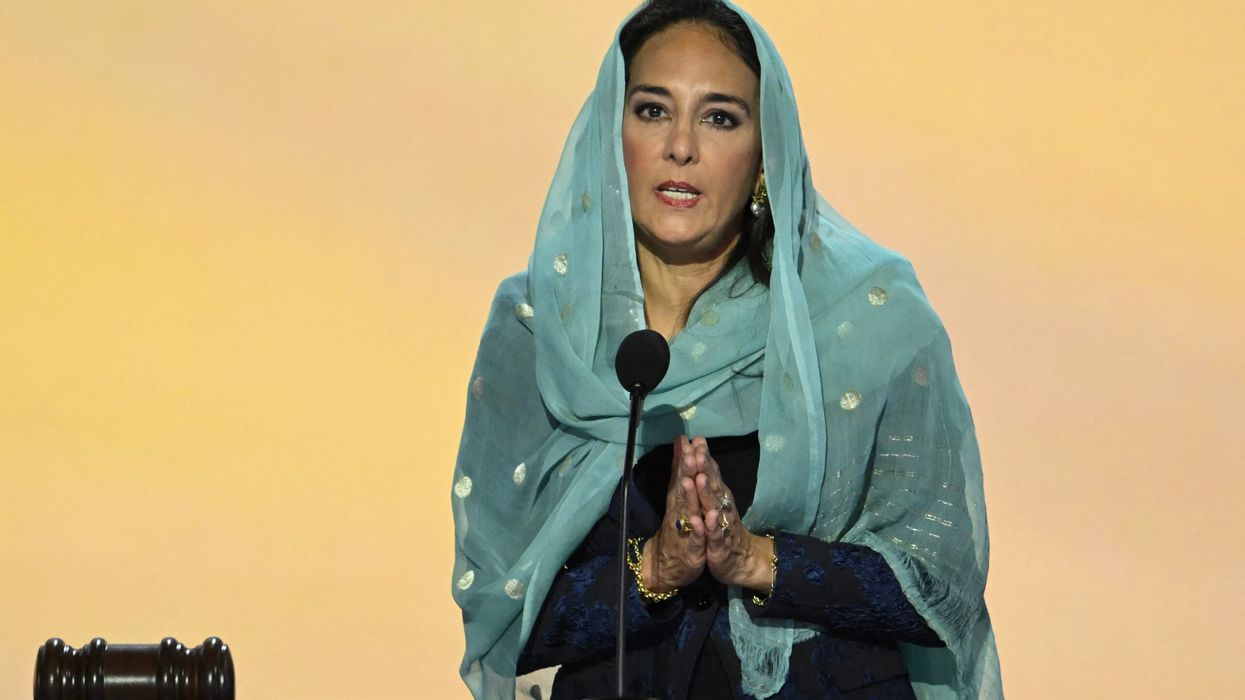A BRITISH naval officer’s wish to have his ashes scattered at a strategic base in Sri Lanka has been granted 25 years after his death, officials said last Saturday (28).
Lieutenant Norman Schofield had served as a communications officer at Trincomalee, a key staging post for Allied troops on the island nation’s east coast during World War II.
Schofield’s wish was held up by bureaucratic hurdles, with Sri Lanka’s navy saying it was unable to be accommodated earlier because the country had prohibited the practice of scattering ashes. An exception was made following requests through diplomatic channels.
His wife Marian’s ashes were also flown to Sri Lanka to be scattered together at Trincomalee last Friday (27).
Fourteen Sri Lankan sailors formed a guard of honour while the “Last Post” was played, with two urns containing ashes placed on a pedestal draped with the Union Jack.
“Honouring the officer’s final wish, his and his wife’s ashes were scattered at sea near Ostenburg Point, Naval Dockyard Trincomalee – a place he held dear,” the Sri Lankan navy said.
Navy Chief Priyantha Perera was present at the ceremony alongside British diplomat Darren Woods.
“Today it is my honour as the British defence adviser to represent the United Kingdom armed forces as we gather to bid a final farewell to Royal Navy officer Lieutenant Norman Schofield and his wife Marian,” Woods said.
Two relatives of the Schofields were also present, the navy added. Trincomalee was the headquarters of Admiral Lord Louis Mountbatten’s South East Asia Command after the fall of Singapore.
Schofield served at Trincomalee in 1957 when the port transferred from British colonial rule to the control of the then government of Ceylon, as Sri Lanka was then known.












